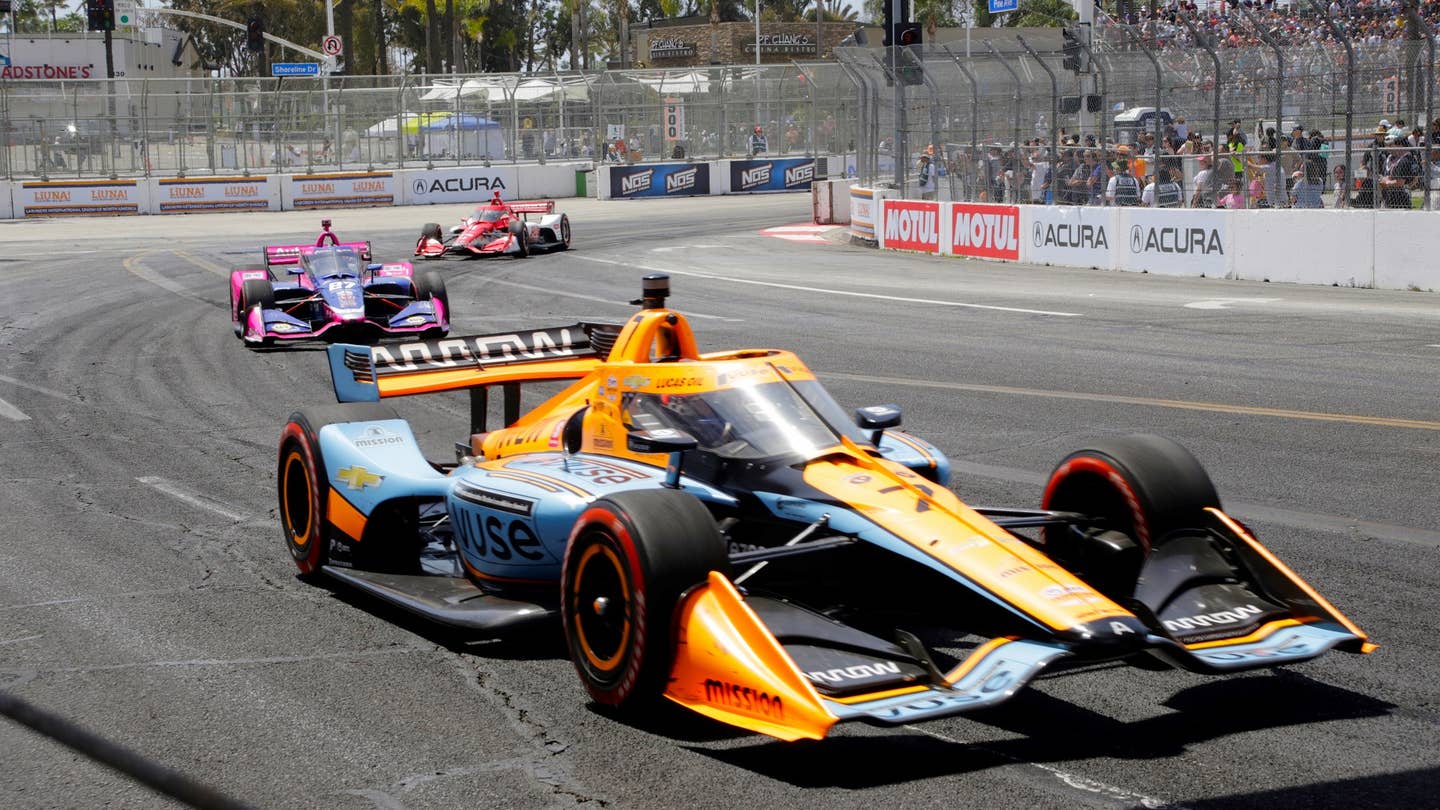What Is Downforce In A Car?
Downforce is a crucial concept in automotive engineering, enhancing vehicle stability and grip at high speeds. It's a downward aerodynamic force generated as air flows over a vehicle, pressing it against the ground and allowing for better traction and maneuverability, particularly in corners.
This force is generated by the shape and design of a car's body and various aerodynamic components, such as spoilers, diffusers, and wings. By increasing downforce, engineers can improve a car's handling and performance, ensuring it stays planted on the road even when pushing the limits of speed and agility. Keep reading our blog post to delve deeper into the intricacies of downforce, its role in motorsports, and how it influences the design and performance of modern vehicles.

What Is Downforce?
Downforce is the aerodynamic force pressing a vehicle down onto the road as it moves forward. Achieved through aerodynamic elements like spoilers and wings, it enhances grip and stability at high speeds, improving cornering ability and overall handling. In racing, engineers balance downforce to optimize grip without sacrificing speed. It's crucial for maintaining traction, allowing vehicles to corner faster and safer by counteracting aerodynamic lift.
In Formula 1 cars, the floor generates the majority of downforce by creating a low-pressure area beneath the car, enhancing traction and stability. Additionally, the front wing directs airflow to create high-pressure zones, while the rear wing and diffuser balance and enhance downforce. These aerodynamic components work together, employing intricate designs to maximize downforce while minimizing drag and turbulence, optimizing the car's performance on the track.
Downforce is crucial in a car for several reasons, primarily related to enhancing stability, traction, and overall performance, especially at high speeds. Here's why it's important:
- Improved Traction: Increases vertical force on tires, enhancing grip, which is crucial during cornering and acceleration.
- Enhanced Stability: Counters airflow lift, keeping the car firmly planted on the road, crucial for control and reducing accidents.
- Better Handling: Increases friction between tires and road surface, improving maneuverability, especially in turns.
- Increased Cornering Speed: Maintains higher speeds through corners, essential for faster lap times in racing.
- Safety: Enhances vehicle stability, reducing skidding and loss of control, especially in adverse conditions.
- Aerodynamic Efficiency: Achieved through components like spoilers and wings, managing airflow, reducing drag, and improving fuel efficiency.

Vehicle Design: The design of a vehicle greatly influences its ability to generate downforce. Factors such as body shape, aerodynamic elements, and the positioning of components like wings and spoilers play a pivotal role in maximizing downforce while minimizing drag.
Speed: The amount of downforce generated is directly proportional to the vehicle's speed. As a vehicle accelerates, it creates larger pressure differentials, leading to increased downforce. This phenomenon is particularly relevant in motorsports, where high speeds are the norm.
Aerodynamic Components: Several aerodynamic components contribute to the generation of downforce, including wings, spoilers, and diffusers. These components are strategically placed to manipulate airflow around the vehicle, thereby enhancing downforce and improving overall performance.
Motorsports: In the realm of motorsports, downforce plays a pivotal role in enhancing performance and gaining a competitive edge. Racing series such as Formula 1, NASCAR, and sports car racing heavily rely on downforce to improve cornering speeds and overall lap times.
High-Performance Street Cars: High-performance street cars also benefit from downforce, albeit to a lesser extent than their racing counterparts. Manufacturers often incorporate aerodynamic elements into their designs to improve stability and handling, providing drivers with a more exhilarating driving experience.
Aerospace: Beyond the automotive industry, downforce finds applications in aerospace engineering, particularly in the design of aircraft wings and control surfaces. By manipulating airflow, engineers can generate downforce to improve aircraft maneuverability and control during flight.
Can downforce reduce a car's speed?
Yes, there's a trade-off between downforce and drag, influenced by the chassis and track. Increased downforce can impede straight-line speed due to greater aerodynamic resistance.
Is downforce beneficial for a car?
Generally, yes. However, excessive downforce can result in increased drag, diminishing speed, and reducing fuel efficiency.
What does low downforce imply?
It suggests higher straight-line speeds but reduced cornering grip. Conversely, high downforce prioritizes cornering stability over straight-line speed.
Downforce plays a crucial role in enhancing the performance, safety, and handling characteristics of a car, particularly in high-speed and high-performance driving conditions. As automotive technology continues to evolve, downforce will remain a key focus area for manufacturers and motorsports teams, with ongoing advancements aimed at maximizing performance while ensuring safety and efficiency.
Click on the following link to read another blog post: How To Pick The Right Car For Rideshare Driving?











